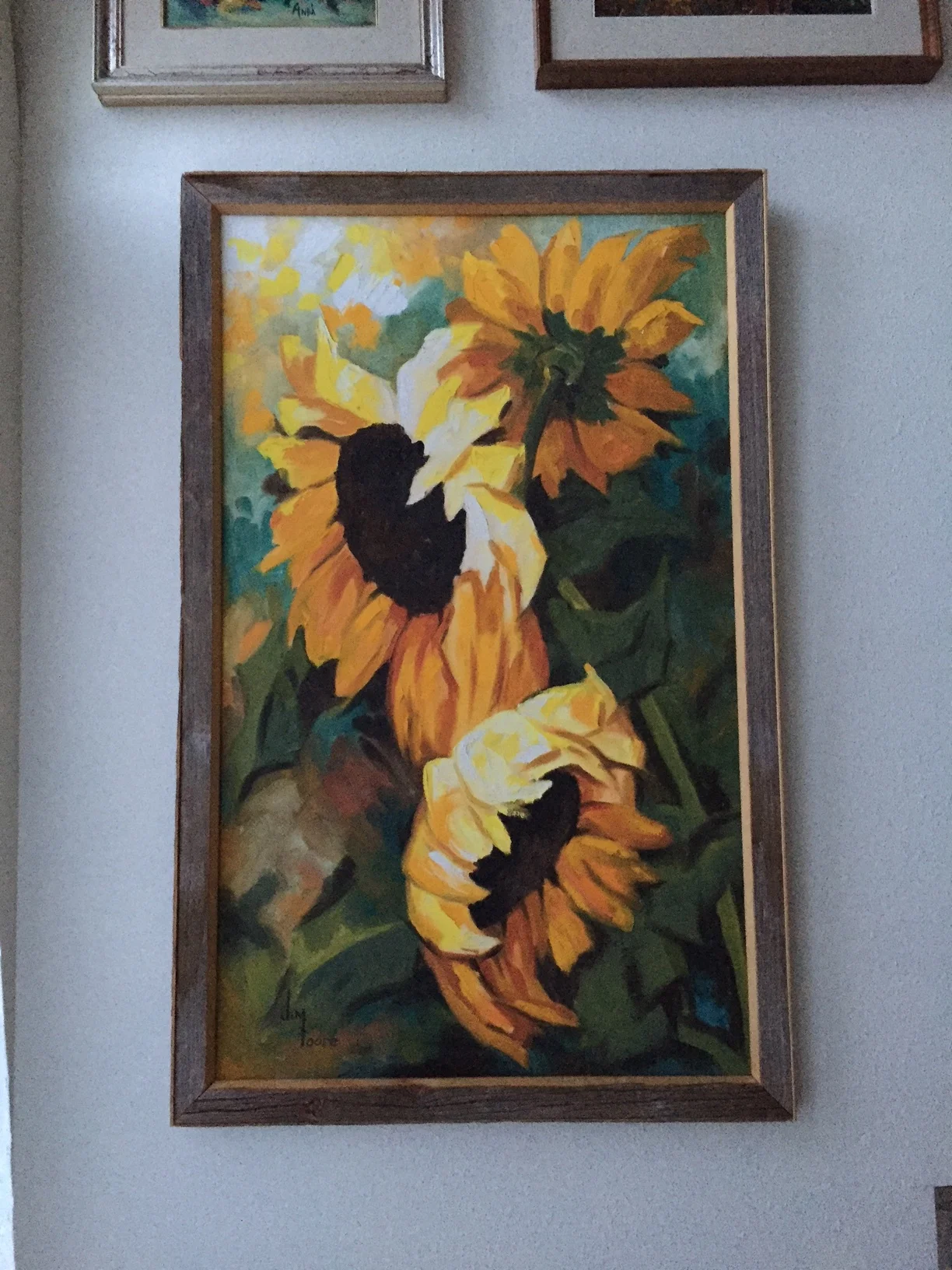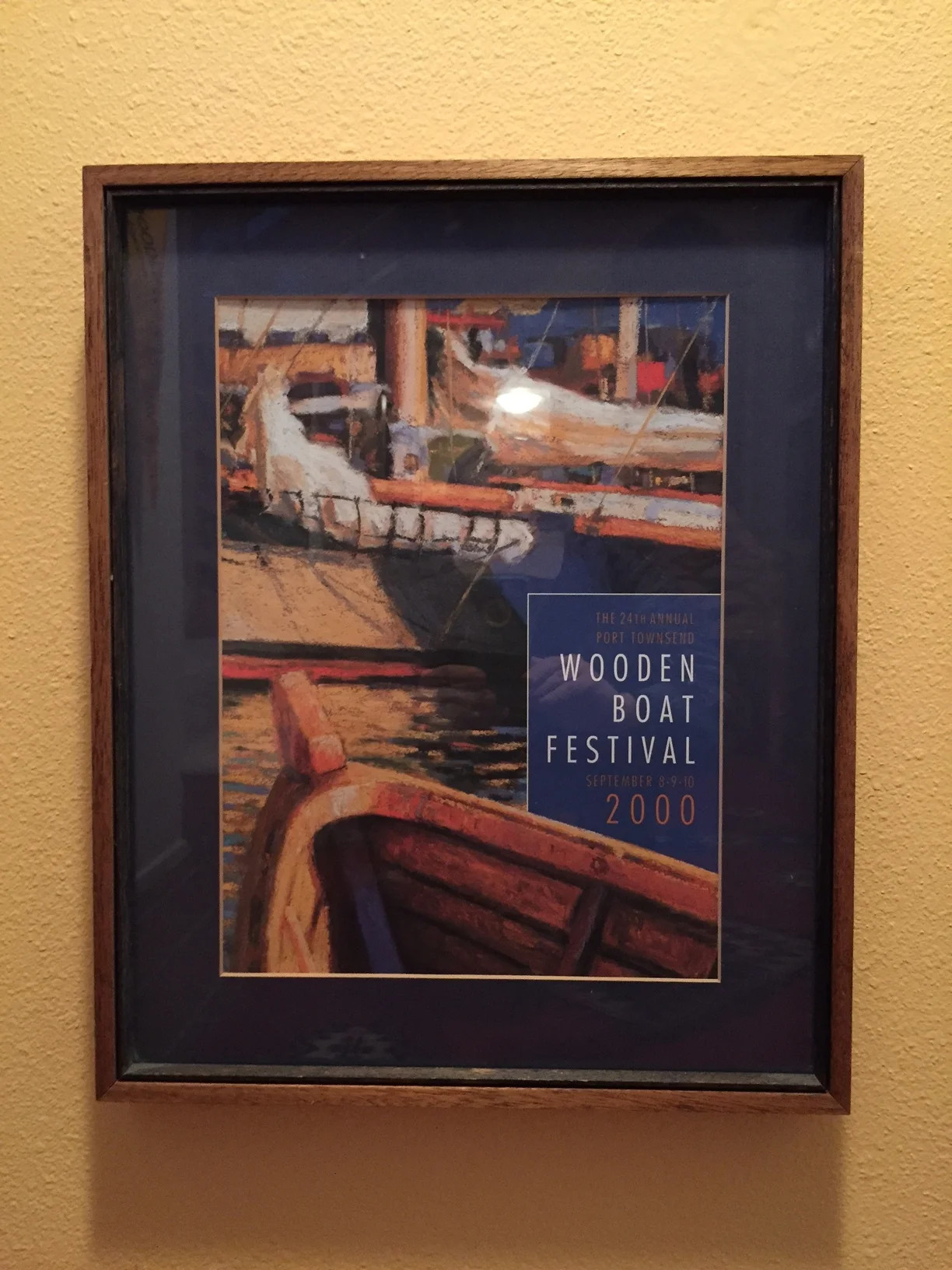Framing: Where Woodworkers Meet the Brush Artists
Perspective comes with a framing device—regardless of how clever one might think they have become.
Ask a Hawaiian about the weather and 65 degrees is cold. Ask a sailor about wind and 30 knots is no leisurely stroll. Ask a painter about framing for a canvas and suddenly the extra gold leaf and elaborate curvature is a distraction.
I found this out the hard way when asked to frame some prints for an associate. What I thought were appropriate reminders of where the artist’s world ended and reality began were deemed completely unacceptable. Seems there needs to be a transition from what hangs within a frame and the edges that ultimately meet a wall. In other words, it is not all just about a woodworker’s ability to join perfect 45 degree corners or carve out a set of intricate layers leading to a rectangle or square.
What resides within the frame is—arguably—much more the center of attraction than the material which defines an artist’s frontiers. Think I am kidding? Almost any large “box store”—i.e., Target or Walmart—offers shelf, upon shelf of frames. Typically one gets the option of black plastic, aluminum, or cheap varnished oak. The message here, not apparent to the average consumer, is that the frame does not matter, it is the material contained there within.
Oh, contraire.
Pardon me for a moment, I am about to indulge on a woodworker’s rant…here is what Wikipedia has to say about framing surrounding the Mona Lisa:
Because the Mona Lisa's poplar support expands and contracts with changes in humidity, the picture has experienced some warping. In response to warping and swelling experienced during its storage during World War II, and to prepare the picture for an exhibit to honor the anniversary of Leonardo's 500th birthday, the Mona Lisa was fitted in 1951 with a flexible oak frame with beech crosspieces. This flexible frame, which is used in addition to the decorative frame described below, exerts pressure on the panel to keep it from warping further. In 1970, the beech crosspieces were switched to maple after it was found that the beech wood had been infested with insects. In 2004–05, a conservation and study team replaced the maple crosspieces with sycamore ones, and an additional metal crosspiece was added for scientific measurement of the panel's warp.
The Mona Lisa has had many different decorative frames in its history, owing to changes in taste over the centuries. In 1909, the Comtesse de Béhague gave the portrait its current frame, a Renaissance-era work consistent with the historical period of the Mona Lisa. The edges of the painting have been trimmed at least once in its history to fit the picture into various frames, but no part of the original paint layer has been trimmed.
You have to be kidding me.
One of the most treasured paintings in Western civilization, and all that is offered concerning framing is a concern about warping and contemporary styles. At this point the framer has been rendered to a status little better than the clothing one finds at Old Navy. A dictate I define as: “Appropriate skin is covered and the cost has not exceeded the client’s budget.”
Art deserves better.
Scoff all you like at this bit of snobbery on my part, but as a craftsperson who works with wood, you will be eventually asked to design and construct a frame for a “masterpiece.” The act of choosing wood, router blades, and finish color is now not all that simple.
A great frame compliments the material residing within its parameters. A poor frame “captures” the artist’s efforts like a tiger within a zoo cage designed in the mid-1920s. The cat is there to be seen, but the limitless horizon and imagination of the beast will not be realized.
And thus we arrive back at perspective. Where you sit or stand does indeed change how the world appears. The same is true of picture framing—I may not be capable of wielding an artist’s brush, but the frame I design to hold that creation is no less important.
Eric Anderson is a retired Air Force officer who can be found puttering in his shop when not scribbling on the keyboard. A new resident of Port Townsend, he is an avid sailor, struggling carpenter, and would-be writer.





